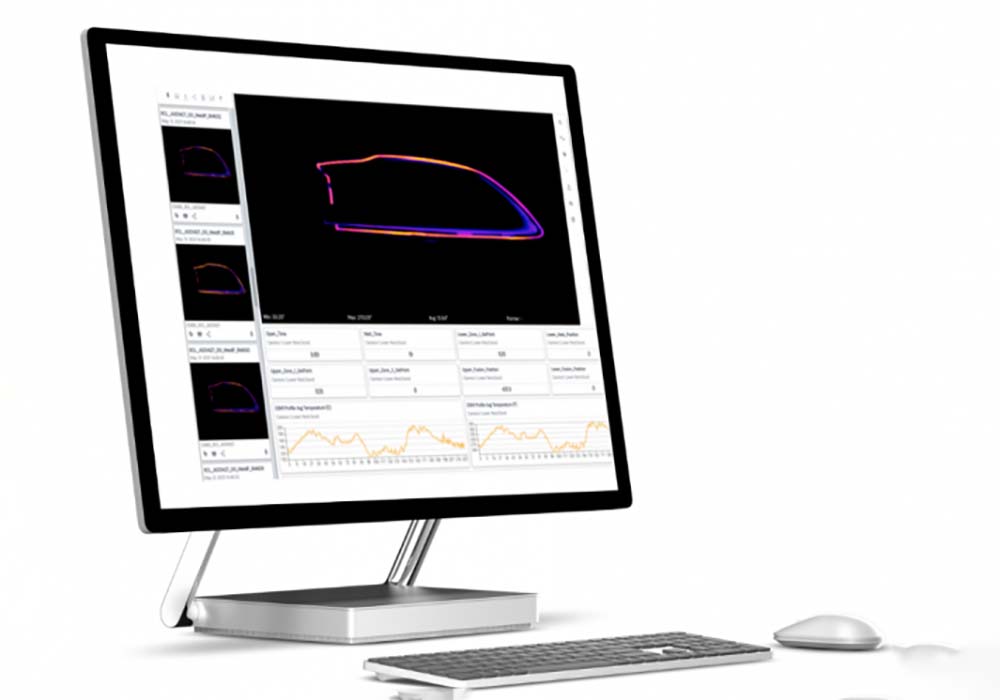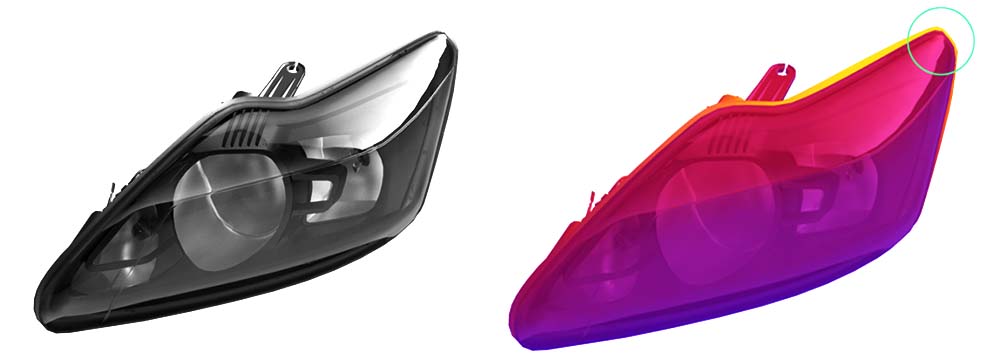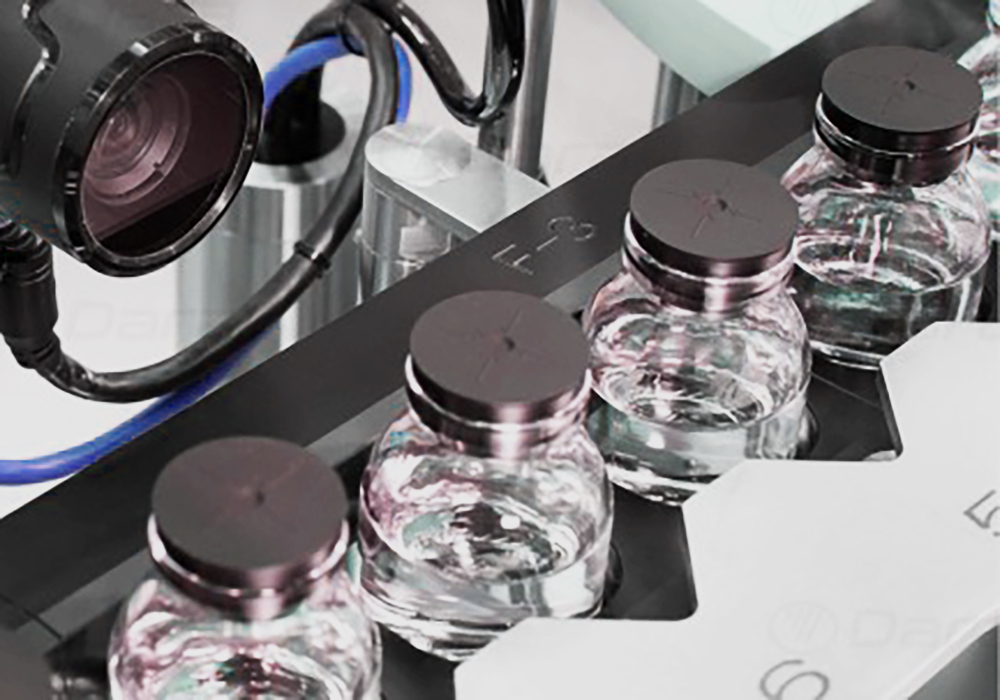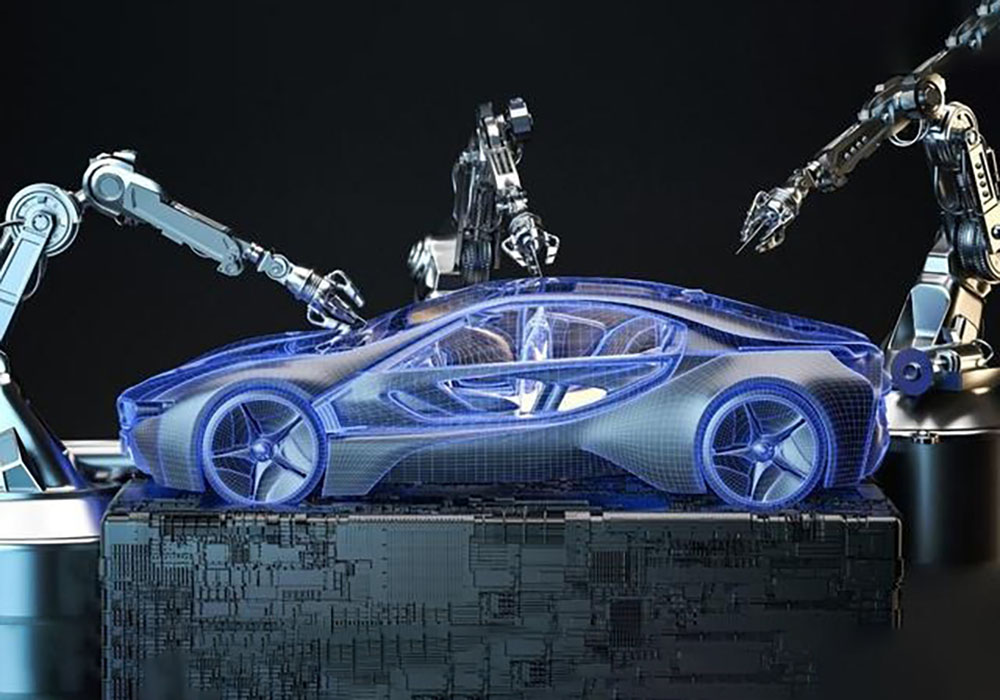Car headlights must go through multiple links such as firing, mounting, sealing, head installation, and inspection to achieve high-speed automated production. In the process of forming the glass shell of car headlights, due to the complexity of the production process, the high speed of the production links, and the low precision of the mechanical control system, there are inevitably many quality defects in the manufacturing and assembly links. Such as appearance defects of glass shell damage, dirt contamination, cracks in the end face, and geometric dimensions such as length, outer diameter, and thickness that do not meet the standards. These glass shells cannot enter the next step in the manufacture of car headlights and must be identified and sorted.

Traditional manual inspection cannot meet the requirements of product quality safety and high-speed large-scale automated production lines. It is mainly manifested in: low manual inspection accuracy, strong subjectivity, poor repeatability, inability to provide consistent inspection results, high missed detection and false detection rate, and it is difficult to meet the high-speed production requirements of the production line. Therefore, it is of great economic and social significance to study automated inspection technology to replace manual inspection.

Machine vision surface inspection systems on the automobile headlamp production line typically employ a combination of techniques, such as high-resolution imaging, specialized lighting, and advanced algorithms, to detect even the most subtle surface defects.
By implementing this rigorous surface inspection process, manufacturers can maintain a consistent level of quality, minimize the risk of defective parts reaching the final assembly, and deliver car headlamps that meet the high aesthetic and performance expectations of both automakers and consumers.







